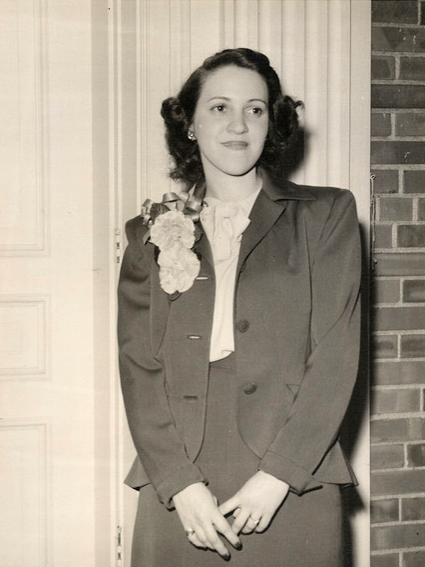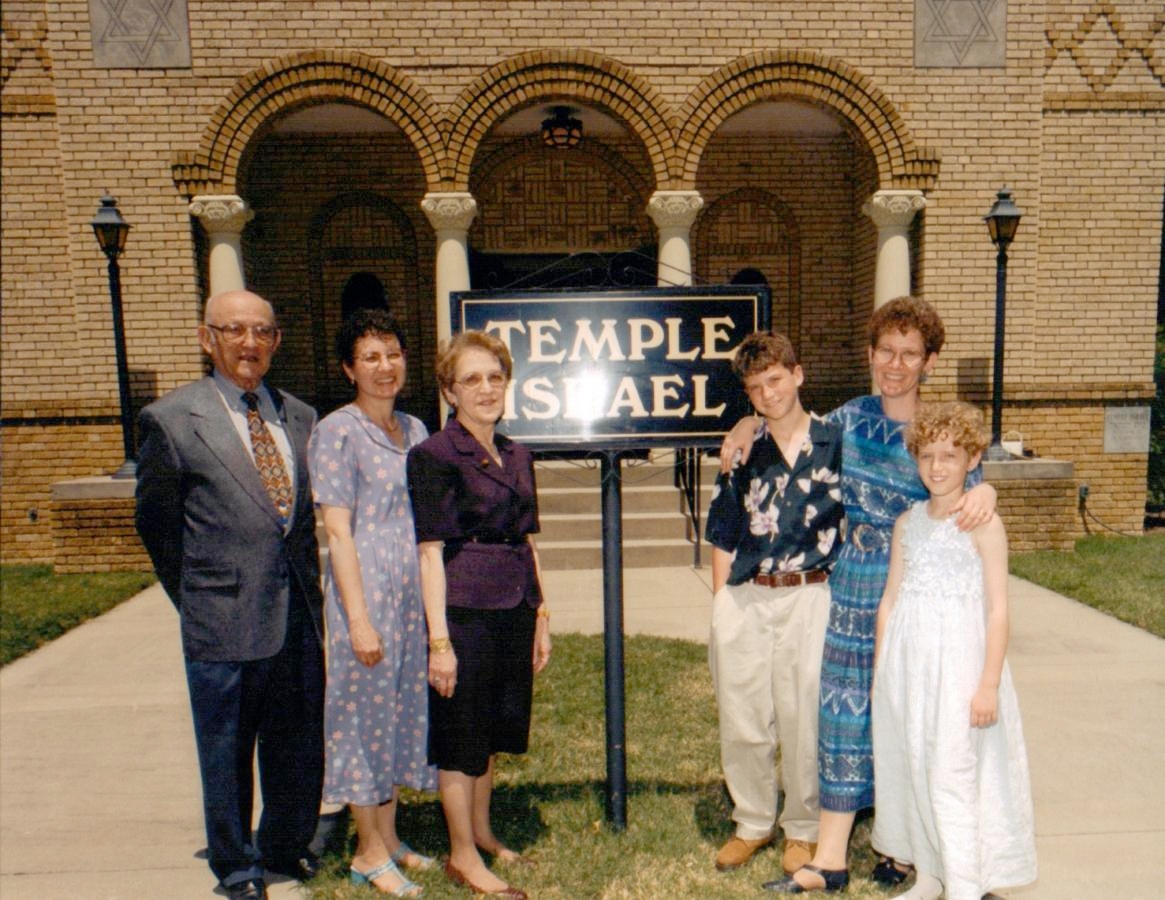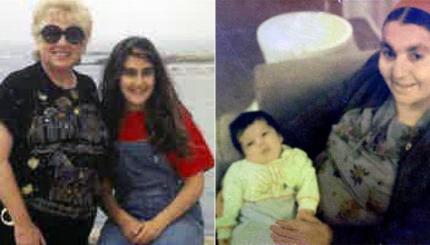On January 5, my mother’s family gathered in Columbia, Missouri, to remember my grandmother, Gerry Barkovitz, who had died two days before after a brief respiratory illness. Although the funeral service and memorial reception provided us the opportunity to say goodbye, most of us had already done so, to some extent. We had lost Gerry slowly, over fifteen years, as Alzheimer’s disease chipped away at her memory, her social skills, and her personal identity.
As we dealt with our feelings of loss, gratitude and relief, we looked through old family photographs, read letters that Gerry had written and received, and shared stories about her. More than one of us expressed the hope that, with Gerry’s long decline finally ended, we could start to remember her as she had been before the illness. For me, as both her grandson and also a historian of the Jewish South, commemorating Gerry means recalling her individual story, as well as her role in the Jewish community of northeast Arkansas and the Missouri Bootheel, and the resonance of her personal experiences with a generation of Jewish women in the rural South.

Geraldine Lee Robinson was born in 1923 in St. Louis, Missouri, to Arthur and Bess Robinson. Her parents were East European Jewish immigrants, and she grew up in a largely Jewish milieu. Gerry married Noah Barkovitz in 1947, and the couple moved to the small town of Hayti, Missouri, where his family owned a small clothing store. In Hayti, Gerry became the bookkeeper for the family business, raised two daughters, excelled as a homemaker and hostess, and contributed to the local Jewish community, which was centered around Temple Israel in nearby Blytheville, Arkansas. She was an avid reader who kept up with arts and culture, tuning in to public broadcasting and making frequent trips to the larger cities of St. Louis and Memphis.
As a grandmother she was attentive to our interests, generous with gifts, and slightly irreverent. She always used to say that she knew she would love her grandkids but was thrilled that she liked us all too.
When Gerry moved down to Hayti, the local Jewish community was still growing. The Blytheville-based congregation completed construction on its synagogue the year that she was married, and a cohort of baby-boom children soon enrolled in its small religious school. The women played instrumental roles in congregational life: cooking for holidays, administering and teaching in the Sunday school, coordinating the music for services, and hosting visiting rabbinical students in their homes. Several of the most active women of Gerry’s generation became close friends, eventually referring to themselves as the MALTs (middle-aged ladies of the temple). Several members of this group had grown up or spent time in cities with large Jewish populations, and their shared ethnic background and cosmopolitan aspirations fostered decades-long friendships that often ran deeper than their relationships with non-Jewish neighbors.
Although Temple Israel’s membership peaked by the late 1950s and began to decline in earnest in the 1970s, my grandparents’ cohort kept the congregation open until 2003, when only a handful of members remained. Annabelle Imber Tuck, a younger woman who knew the congregation well remarked that, “When the temple closed, in that last few months… there was such a sense of grief with the women. It was like breaking up a family.” Noah and Gerry moved from their home in Hayti to a retirement community in Columbia the following spring. Gerry’s short-term memory had started to fade, and they needed to be closer to my parents.
After Gerry’s funeral, while our family exchanged memories of my grandparents, the family store, and the Blytheville temple, I reflected on the historical phenomena that Gerry’s life reflected. She belonged to a quickly vanishing generation of American Jews that, although born in the United States, grew up in a Yiddish-inflected world and heard firsthand about East European Jewish life from their immigrant parents. Furthermore, her postwar experiences as a Jewish woman from an urban center who moved to a small, southern town parallelled the stories of other women, not only from Gerry’s own community, but from across the South.
The ISJL’s Encyclopedia of Southern Jewish Communities and our oral history collection are full of such stories. In their roles as wives, mothers, congregational leaders, and civic volunteers, women like Gerry enlivened smaller Jewish communities and, in many cases, worked diligently to promote education, progressive politics, and arts and culture in towns and cities throughout the region.
Due to the nature and duration of Gerry’s illness, her passing did not evoke a sharp sense of grief for me. She used to remark, after all, that everyone should have access to a quick and easy death, and she would have been furious to witness her own decline. So, even as I acknowledge my family’s loss, I am able to feel a great deal of gratitude and love at the same time. This has become an occasion for remembering and celebrating, not only Gerry’s individual life, but also the life of her Jewish community and the slice of southern Jewish history that it represents.
May her memory be a blessing. זיכרונה לברכה




